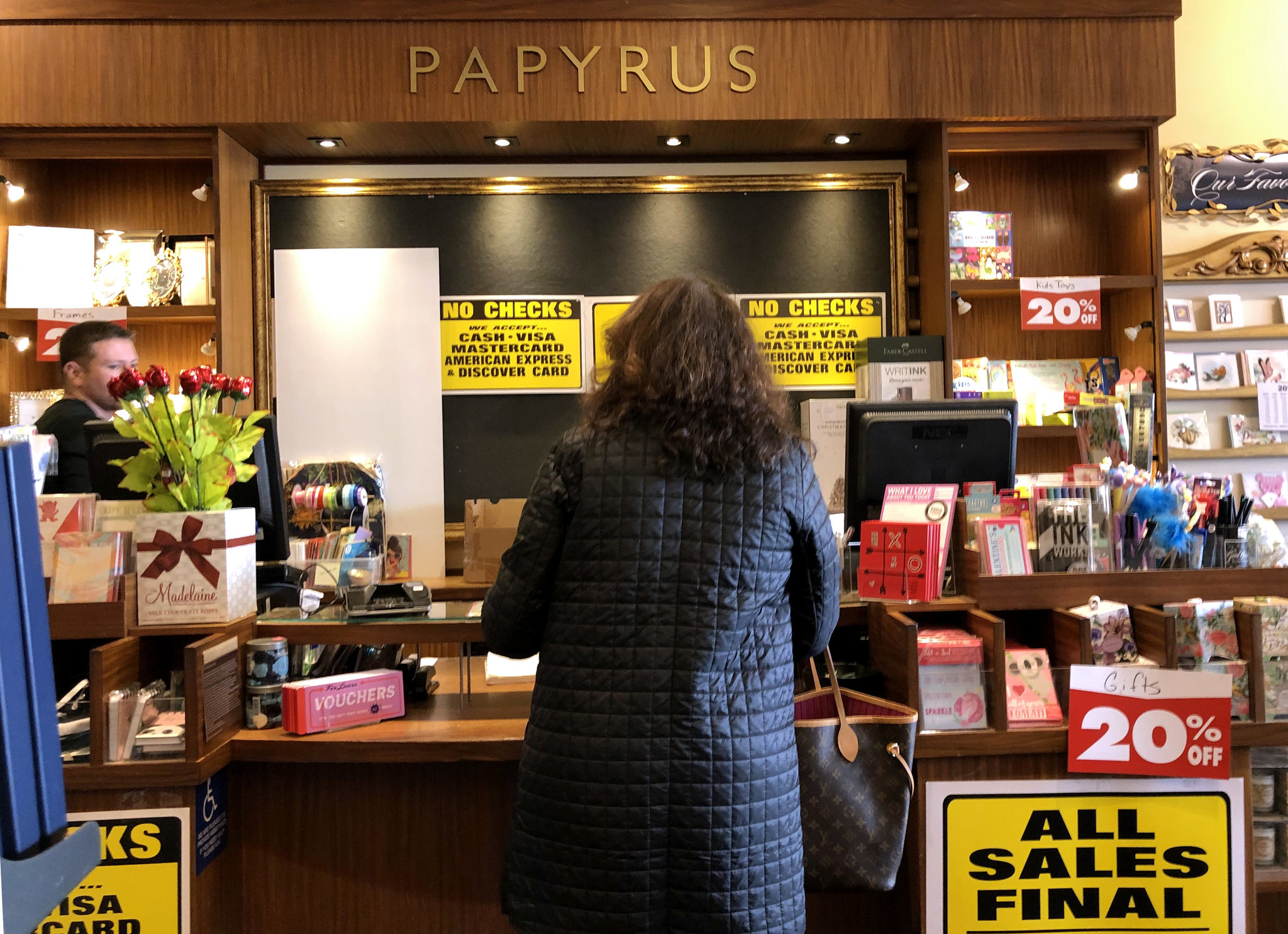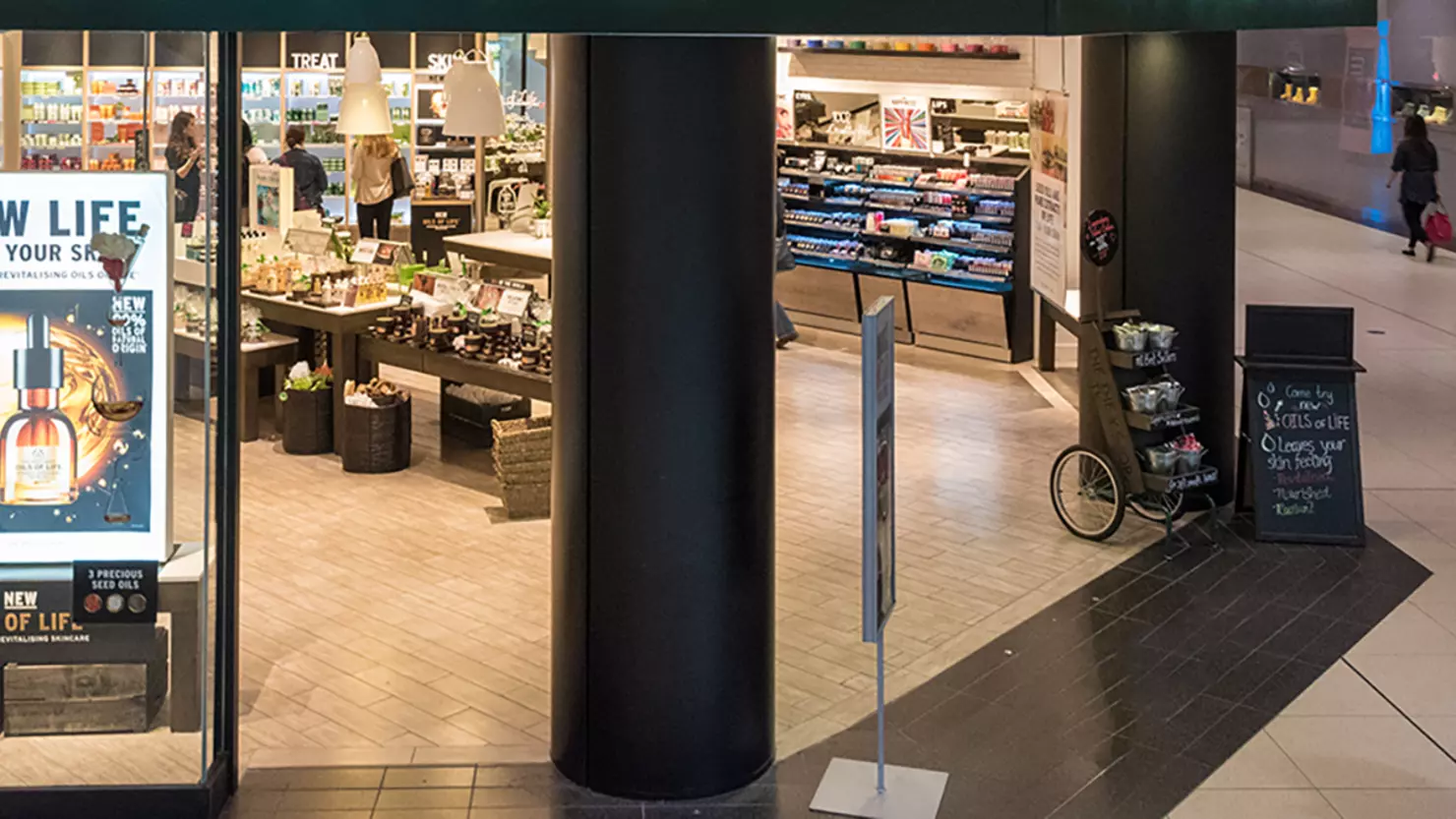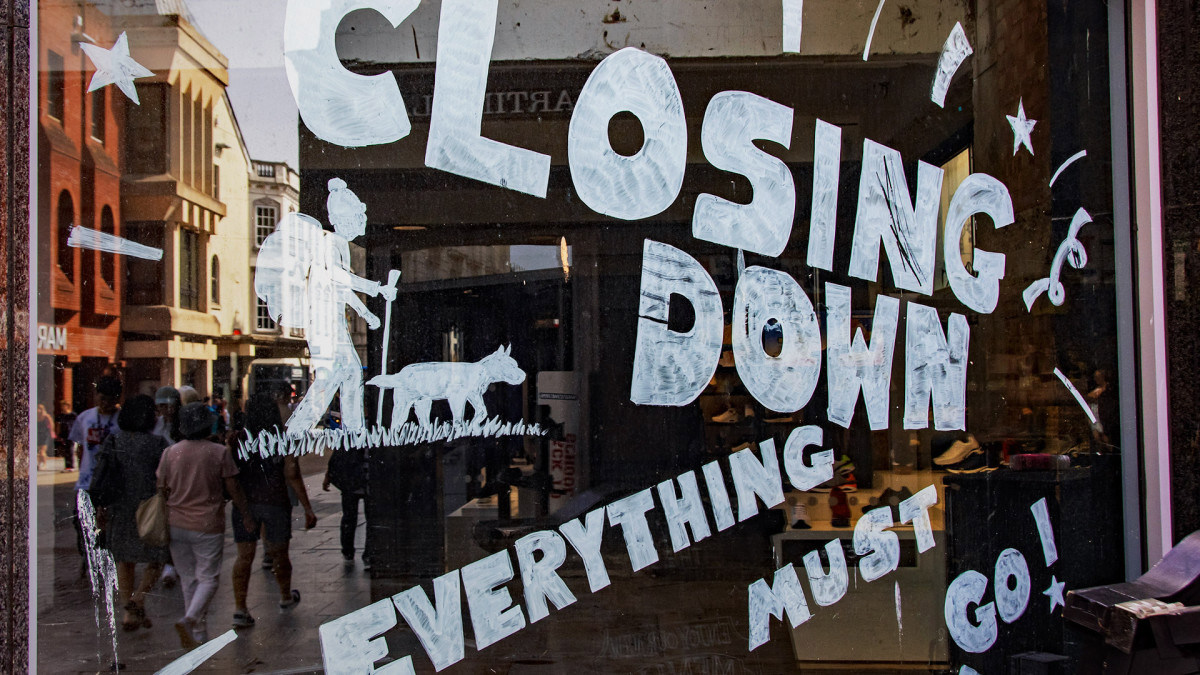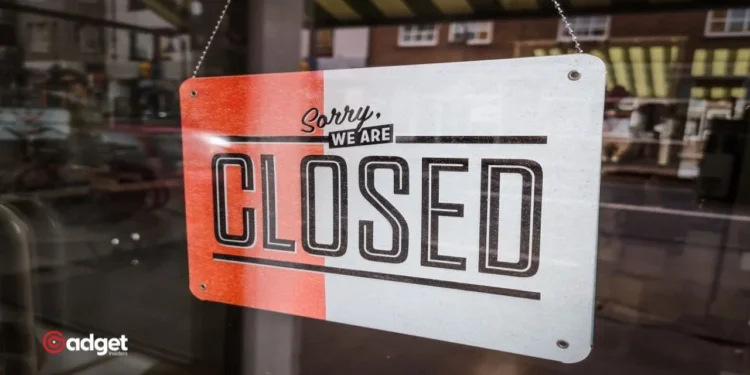The retail landscape in the United States has faced significant upheaval, particularly with the Chapter 7 bankruptcy filing of 99 Cents Only, a well-known discount retail chain. This event not only marks a significant shift in the retail sector but also highlights the broader impact on local economies and shopping centers.
The closure of such anchor stores in malls and strip malls often leads to an increase in vacant retail space, creating a challenging environment for smaller, local businesses that rely on the foot traffic generated by larger national brands.

The Impact of a Liquidation
When 99 Cents Only announced its liquidation sales, it sent ripples through the communities where its stores were located. Unlike traditional dollar stores, 99 Cents Only offered a value-based shopping experience, drawing in a diverse crowd looking for bargains.
Founded in the 1960s by Dave Gold, who initially experimented with selling wine at a fixed price of 99 cents in a small liquor store in Los Angeles, the chain expanded to over 370 stores across four states. Despite its popularity and the loyalty of its customers, the financial strains exacerbated by the COVID-19 pandemic led to its downfall.
Ollie’s Bargain Outlet Seizes Opportunity
In the wake of 99 Cents Only’s bankruptcy, Ollie’s Bargain Outlet, another discount retailer known for its compelling “treasure-hunt” shopping experience, stepped in to acquire several of the bankrupt chain’s locations.
This acquisition included 11 stores in Texas, a strategic move that capitalizes on Ollie’s expansion plans and its robust following known as Ollie’s Army. The acquisition not only serves to bolster Ollie’s presence in key markets but also promises to inject new life into the retail spaces left vacant by 99 Cents Only.

Expansion and Growth Plans
John Swygert, CEO of Ollie’s, expressed optimism about the growth potential in Texas and the overall expansion strategy of the company. Ollie’s operates 560 stores across 30 states and has ambitions to more than double this number. The acquisition of the 11 Texas locations is set to close in early June, with Ollie’s aiming to minimize the transition period to reduce occupancy expenses and swiftly bring new stores online.
Uncertain Future for 99 Cents Only
While Ollie’s forges ahead with its expansion, the future of the remaining 99 Cents Only stores hangs in the balance. Currently under liquidation, these stores face an uncertain fate.
The brand’s intellectual property and any remaining assets are likely to be auctioned off, presenting a possibility for revival under new ownership. However, for now, the community and former employees watch and wait, hoping for a resurgence of the brand that once served as a cornerstone of bargain shopping.

Conclusion: The Transforming Landscape of Discount Retailing
The story of 99 Cents Only and Ollie’s highlights the dynamic nature of the retail industry, especially within the discount sector. As some brands falter under economic pressures, others seize opportunities to expand and thrive. This ongoing transformation continues to shape the retail landscape, affecting communities, consumers, and the overall economy.










